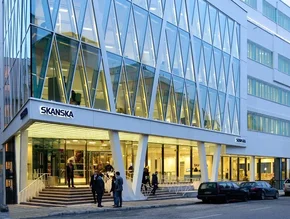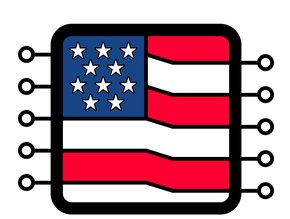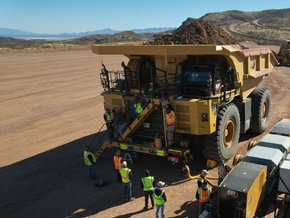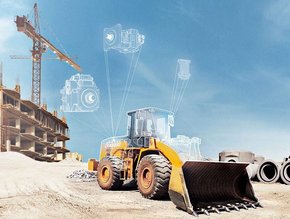Health and safety 101: How to protect your contractors against on-site noise
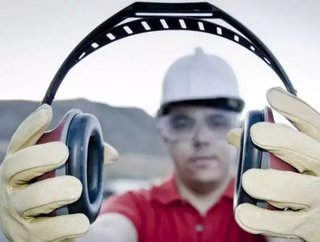
Construction sites can be particularly noisy places and it’s important that employers and staff take necessary precautions to ensure they do not risk damaging their hearing in the long term. It is vitally important that you are aware which sources are most hazardous, and which steps you can take to improve your workplace hearing safety.
Sources of noise
Temporary deafness can often occur after working in noisy areas like construction sites, with your ears taking a few days to return to normal. If your ears are exposed to this level of noise continuously, the potential for them to sustain permanent damage is substantial.
Similarly, permanent damage can occur from sudden, unexpected sources of work noise, such as falling debris or, less commonly, explosions.
A safe level of noise is generally considered to be up to 85 decibels (dB), but construction site noise frequently exceeds this.
Generally, construction site noise will derive from heavy machinery used for demolition, piling or digging. Equipment like compressors, concrete mixers, pokers, concrete breakers and compactors can also create dangerous levels of noise.
As levels rise, the safe level of exposure time falls: 88dB, for example, is considered a safe level of noise for up to four hours; the recommended exposure time for a paver at 100dB is 15 minutes; a pneumatic breaker – which reaches 111dB – will start to do damage after only 56 seconds.
Reducing the risk of hearing damage
High noise levels on construction worksites can be lowered by using both engineering and administrative controls and personal protective equipment (PPE), such as earplugs. Generally, employers and staff should work together to ensure that process and control strategies are in place first, and provide PPE as a further preventative measure; however, both are vital at all times.
Noise at work in the UK is controlled by The Control of Noise at Work Regulations, which form part of the Health and Safety at Work Act. This stipulates that employers must carry out risk assessments, education and training at 80 dB and above; hearing protection and prevention must then start at 85dB.
The following tips will help you to ensure that on-site noise is kept to a minimum:
- Accurately assess the noise risks on-site by measuring sound levels: if you have to raise your voice from two metres then noise will typically be above 85dB. If you are unsure you should use noise rating equipment; make sure you keep accurate records of all measurements.
- Use manufacturer information to source equipment which has the lowest noise rating; for example, by purchasing saw blades with greater numbers of teeth and smaller gullets you can reduce noise by up to 6dB.
- If a job is particularly noisy, ensure that workers not involved in the task are moved away from the area.
- Prevent access to noisy areas using barriers and use signage to warn people about dangerous noise levels; only allow entry to those wearing adequate PPE.
- Modify noisy equipment with damping materials, mufflers, or silencers and shut down when not being used; this will reduce the average level of noise emitted.
- Restrict average exposure to noisy activities by introducing work rotation policies; this will ensure the same staff do not experience continuous exposure.
- For workers in close proximity to noise emitting equipment, earplugs should be worn at all times. Carefully select industrial quality earplugs and make sure staff keep them in a safe place ready for each shift; work should not be allowed to begin without them.
- Ensure that wearing earplugs does not interfere with the safety of other machinery or equipment.
This article was written by Rob Doole, Director of Allearplugs.com, suppliers of high-quality hearing protection, both for the construction industry and wider market
- Mental Health Awareness Week: A spotlight on the construction industryBuilt Environment
- Top tips for preventing accidents on a construction siteFacilities Management
- Addressing health and safety issues by working with employee representativesConstruction Projects
- How Safety Performance Makes Getting Bonded Easier and CheaperFacilities Management

